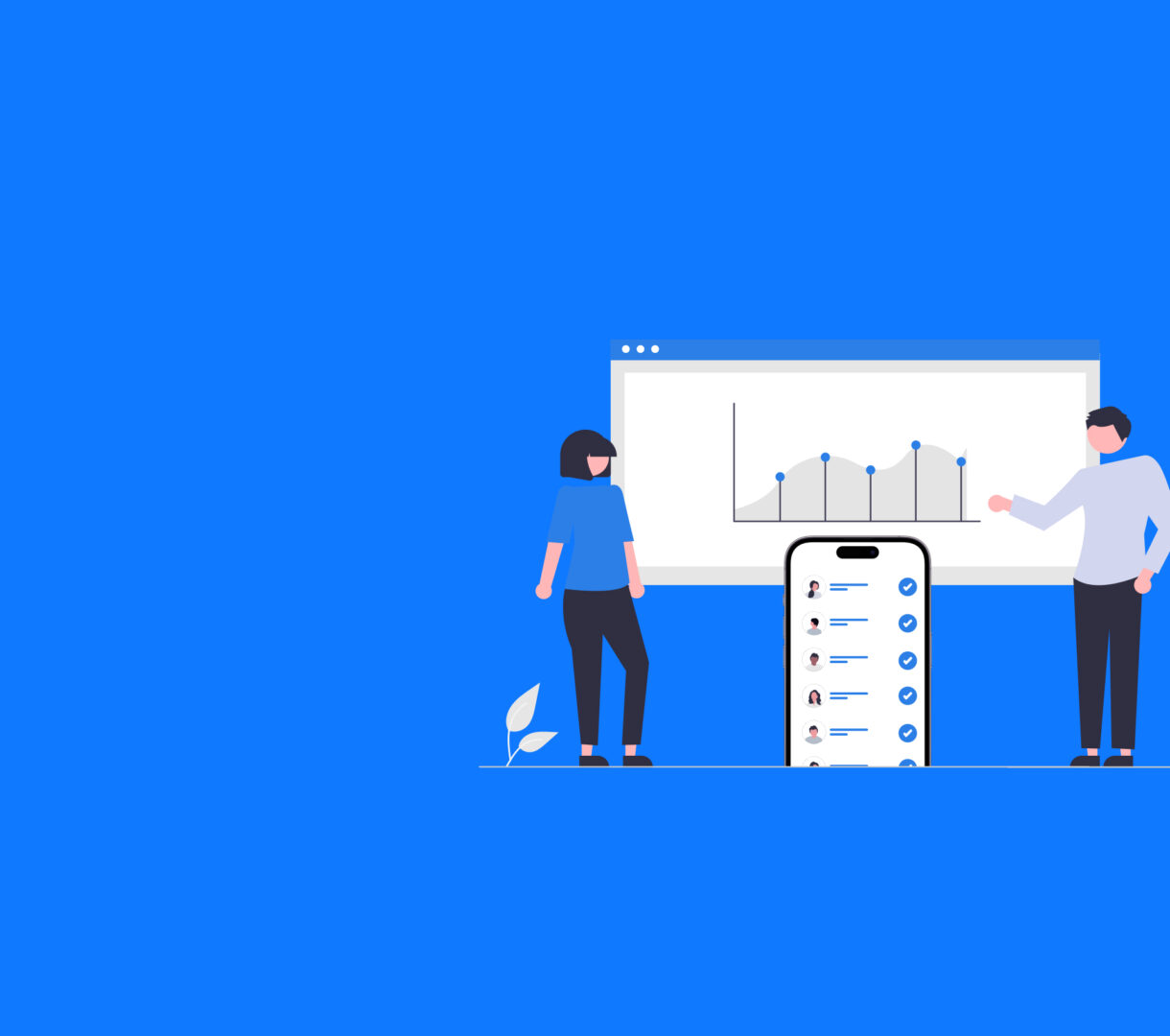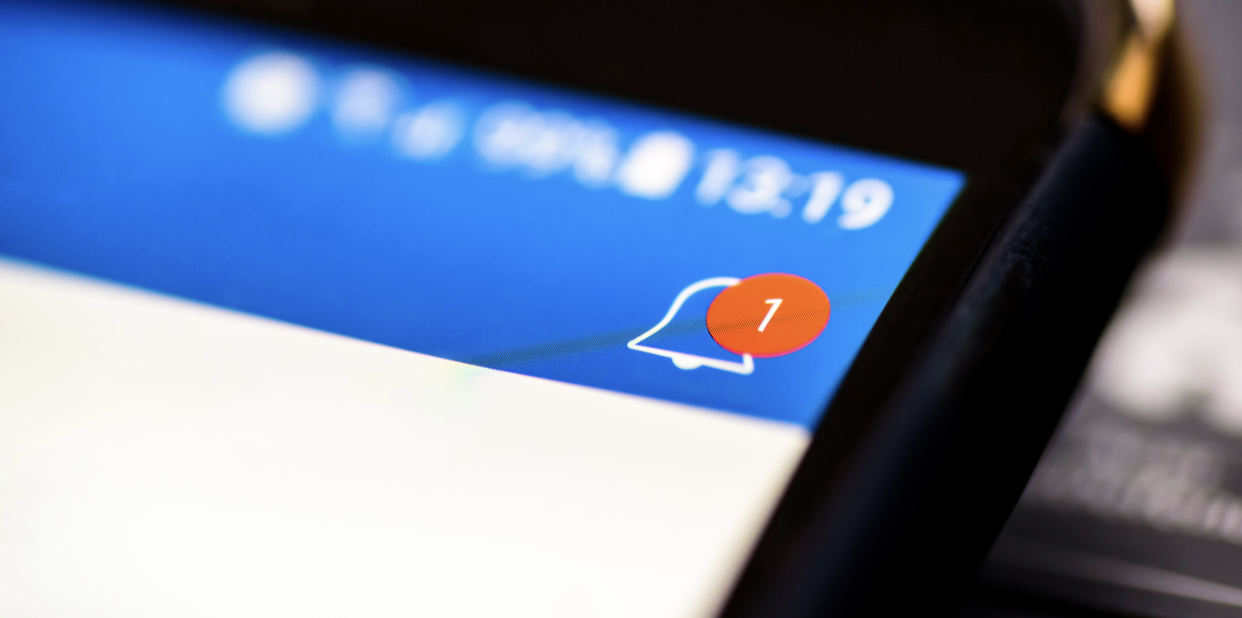
Mastering Retention: 7 Proven Strategies to Keep App Users Engaged
User retention is one of the most important ranking factors in app stores today. If you focus only on acquiring new users while neglecting retention, you may struggle to sustain long-term growth for your app. That’s why, in this blog, we’ll cover 7 of the most effective strategies to keep your users engaged.
Why Retention is more critical than acquisition
Before diving into the strategies, let’s first understand the importance of user retention.
So, what is user retention? Simply put, it refers to how many users continue using your app after downloading it. It measures the number of people who keep your app over a specific period of time.
Tracking retention gives you insight into how well your app delivers value, provides a positive user experience, and meets expectations.
While user acquisition (measured by installs) is important, user retention carries more weight. After all, it doesn’t matter how many installs you get if users uninstall your app within hours or days.
Higher retention not only improves visibility in app stores but also signals to Google and Apple that your app delivers real value. Plus, keeping users engaged is more cost-effective than constantly acquiring new ones.
When users see the value in your app, they’re more likely to stick around, generate revenue, and boost your profits.
With that in mind, let’s explore 7 proven strategies to improve user retention.
1. Onboarding done right
They say, “First impressions last.” That’s especially true in mobile app marketing. Once a user downloads your app, you need to quickly demonstrate its value. With an effective onboarding process, you can provide clear guidance and an interactive tour of your app.
This creates a positive first impression that encourages users to see the long-term benefits of using your app. A clear onboarding process also minimizes confusion and reduces potential frustration.
Here are some quick tips for creating the right onboarding process:
- Show the benefits clearly and concisely. Answer your users’ “why” questions, such as “Why should I use this app?” Highlight how your app solves their problems or enhances their experience.
- Highlight unique features. Let users know what sets your app apart from competitors.
- Keep it short and simple. A lengthy onboarding process can lead to frustration, something you want to avoid right from the start.
- Make it interactive. Don’t just present information, engage users by letting them learn through action.
- Use a clean design. Avoid clutter. A visually appealing, easy-to-follow interface enhances the onboarding experience.
- Offer a skip option. Some users may already know how your app works or prefer to explore on their own.
2. Personalize the user experience
One of the most effective ways to boost user retention is through personalization. People don’t just want to use an app; they want to feel seen, valued, and understood. If your app treats them like just another number, they’ll quickly lose interest. But if you make the experience feel tailor-made, they’ll keep coming back.
So, how do you personalize effectively?
- Know your audience. You can’t personalize without data. Collect insights through surveys, polls, in-app feedback, and even app store reviews.
- Segment your users. Group them by demographics, interests, behaviors, or purchase history so you can deliver more relevant content.
- Tailor recommendations. Use past interactions and preferences to highlight products, services, or content they’re most likely to enjoy.
When you create a personalized experience, your app becomes more than just another tool. It becomes a companion that fits into your users’ daily lives. That sense of relevance builds loyalty, which directly improves your retention rate.
3. Use strategic push notifications
Push notifications are one of the most powerful tools in your retention toolbox, but only if you use them wisely. Done right, they can serve as gentle reminders that re-engage users, highlight new content, or bring back those who have gone inactive. Done wrong, they can be annoying enough to drive people to uninstall your app.
Here’s how to make push notifications work for you:
- Personalize your message. Notifications should reflect your users’ behaviors, interests, and demographics.
- Send at the right time. Timing is everything. Send notifications when your users are most active, whether it’s a morning reminder, a lunchtime deal, or an evening content update.
- Make them interactive. Add buttons, images, or videos to encourage engagement instead of just pushing text.
- Keep it short and clear. You only have a few seconds to grab attention, so get to the point.
- Balance frequency. Too many notifications will overwhelm users. Run A/B tests to find the sweet spot for your audience.
Think of push notifications as nudges, not shouts. When used strategically, they can re-engage users without annoying them, helping your app stay top of mind and top of phone screens.
4. Gamification & rewards systems
Everyone loves a little fun and that’s exactly why gamification is such a powerful retention strategy. The good news? Your app doesn’t have to be a game to use game-like elements that keep users hooked.
Here are a few ways to add gamification into your app:
- Leaderboards. Spark healthy competition by showing users where they stand against others.
- Achievements & badges. Recognize milestones, whether it’s completing a task, hitting a streak, or unlocking a new feature.
- Social sharing. Let users share their progress or badges. It’s not only motivating for them but also free promotion for your app.
- Daily and streak rewards. Incentivize consistency with login bonuses, streak counters, or loyalty points that encourage repeat engagement.
Gamification taps into deep psychological motivators. Competition, achievement, and rewards trigger dopamine releases, which makes using your app both fun and addictive. The more engaging and rewarding the experience feels, the more likely users are to stick around.
5. Email & lifecycle marketing
Contrary to popular belief, email marketing is far from dead. In fact, it’s still one of the most effective ways to re-engage and nurture users throughout their app journey. With the right strategy, email can transform casual users into loyal advocates.
Here’s how to make it work:
- Automated welcome sequences. Give new users a warm introduction and guide them through the basics.
- Re-engagement emails. Reach out to inactive users with reminders, updates, or special offers.
- Behavior-based personalization. Send tailored content based on how users interact with your app.
- Provide real value. Share helpful content, tips, or exclusive perks, not just promotions.
- Clear CTAs. Make sure every email drives users to take an action.
- Timing & lifecycle stages. Deliver the right message at the right moment, whether during onboarding, mid-usage, or after inactivity.
- Deep linking. Use smart links that take users directly to a specific feature or content inside your app.
When done strategically, email becomes more than just a marketing tool. It becomes a direct line to your users, keeping them engaged, supported, and reminded of why your app is worth using every day.
6. Leveraging community & social proof
Humans crave connection and belonging, and that’s exactly what communities provide. Don’t limit engagement to what happens inside your app. Instead, build a thriving community around it.
Strong communities create trust, reduce uncertainty, boost brand loyalty, and keep users engaged long-term. Here’s how you can make it work:
- Encourage user-generated content. Let users share reviews, testimonials, or creative content that highlights their app experience.
- Host community forums or groups. Give users a space to connect, share tips, and support each other.
- Showcase social proof. Highlight ratings, reviews, and success stories to reassure new and existing users of your app’s value.
Just as important: be active yourself. Respond to feedback, whether positive or negative. When users see that real people stand behind your app, it strengthens trust and builds deeper connections.
7. Ensure excellent app performance
At the end of the day, no amount of clever marketing can save an app that performs poorly. If you want long-term retention, you must deliver a fast, stable, and seamless experience.
Here’s why app performance matters:
- Bugs and crashes drive uninstalls. Users won’t tolerate repeated frustrations.
- Speed builds trust. A smooth experience makes your app feel reliable and professional.
- Happy users become advocates. When people genuinely enjoy your app, they’ll recommend it to friends and family.
Consistently test, optimize, and update your app to ensure top-notch performance. The more dependable your app feels, the more likely users are to keep coming back and spreading the word for you.
Increase your user retention now
High retention doesn’t happen by accident. It takes strategy, consistency, and the right expertise. By applying the 7 proven retention strategies we’ve shared, you’ll put your app on the path to lasting growth and success.
But you don’t have to do it alone.
That’s where ShyftUp comes in. We’re a leading mobile app marketing agency specializing in user acquisition, retention, and ASO. With years of experience helping apps climb to the top of the charts, we’ll work with you to craft tailored campaigns that not only boost retention but also take your app to the next level.
Reach out to ShyftUp today and schedule a demo to see how we can help you keep your users engaged and turn them into loyal fans.


